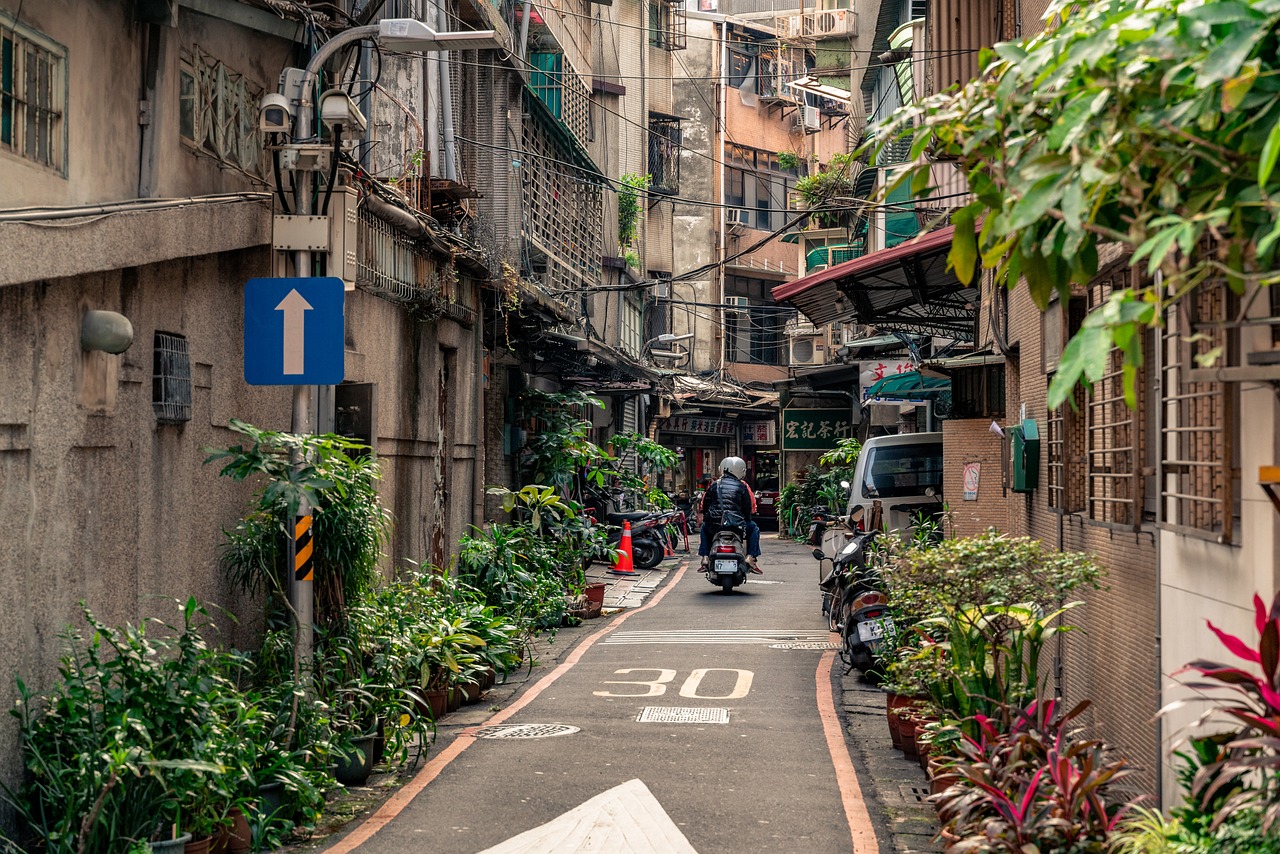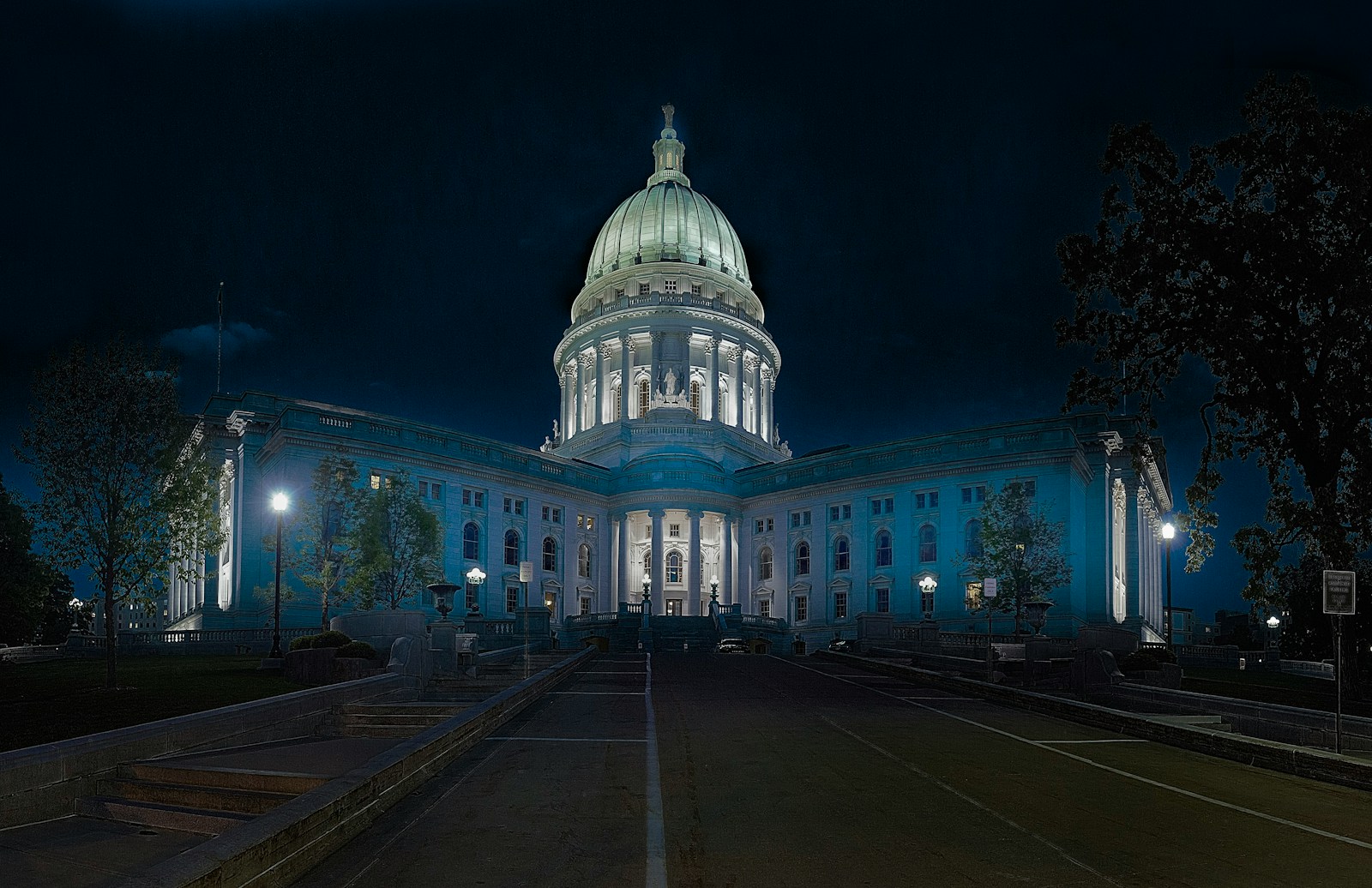Urban green infrastructure refers to the network of green spaces within a city or urban area that provide multiple benefits to both the environment and the community. This includes parks, gardens, street trees, green roofs, and other vegetated areas that help to mitigate the impacts of urbanization. It plays a crucial role in creating sustainable and livable cities by providing numerous environmental, social, and economic benefits.
Table of Contents
ToggleWhat is Urban Green Infrastructure?
Urban green infrastructure (UGI) is a strategic approach to greening the urban environment that seeks to integrate vegetation and natural systems into the fabric of the city. It provides a range of benefits, including improving air quality, reducing the heat island effects, mitigating the impacts of stormwater runoff, and promoting biodiversity.
UGI is a holistic approach that recognizes the interdependence of natural systems and the built environment. It involves the planning, design, construction, and maintenance of green spaces and other vegetated areas to provide a network of green infrastructure that provides a range of environmental, social, and economic benefits.

Benefits of Urban Green Infrastructure
UGI provides a range of benefits to both the environment and the community. Some of the key benefits include:
Improved Air Quality
Green spaces in the city help to improve air quality by removing pollutants from the air through a process known as photosynthesis. Trees and other vegetation absorb pollutants, such as carbon dioxide and nitrogen oxides, from the air, improving air quality and reducing the risk of respiratory problems for city residents.
Reduction of Heat Island Effect
Urban areas are often characterized by a high concentration of buildings and hard surfaces, which can lead to a heat island effect. This occurs when the temperature in the city is significantly higher than in surrounding rural areas. Green spaces in the city can help to reduce the heat island effect by providing shade and releasing moisture, which helps to cool the air.
Mitigation of Stormwater Runoff
Urbanization often leads to increased runoff of rainwater, which can result in flooding, erosion, and water pollution. Green infrastructure in the city, such as green roofs, rain gardens, and permeable pavements, can help to mitigate the impacts of stormwater runoff by allowing rainwater to be absorbed into the ground or evaporated, rather than running off into the city’s drainage system.
Promotion of Biodiversity
Green spaces in the city provide important habitats for a wide range of species, including birds, insects, and small mammals. This helps to promote biodiversity and maintain the balance of ecosystems in the city.
Implementing Urban Green Infrastructure
Urban green infrastructure refers to the network of green spaces and natural resources found in cities, including parks, gardens, green roofs, and urban forests. These green spaces play a vital role in improving the quality of life for city dwellers by providing numerous benefits such as reducing air pollution, improving mental health, and combating the effects of climate change. In this article, we will explore the importance of implementing urban green infrastructure in our cities and what it takes to make it happen.
The Benefits of Implementing Urban Green Infrastructure
Urban green infrastructure provides many benefits to cities and their residents. Here are just a few of the many benefits that green spaces bring to urban areas:
- Improving air quality: Green spaces in cities help to reduce air pollution by absorbing pollutants and producing oxygen. They also provide shade, reducing the amount of heat that is absorbed by city buildings, which can help to mitigate the urban heat island effect.
- Improving mental health: Spending time in green spaces has been shown to have a positive impact on mental health and well-being. Green spaces provide a place for people to relax, connect with nature, and escape the stresses of city life.
- Mitigating the effects of climate change: Green spaces help to reduce the amount of carbon dioxide in the atmosphere and provide a natural form of air conditioning by reducing temperatures in urban areas.
The Steps Involved in Implementing Urban Green Infrastructure
Implementing urban green infrastructure is a complex process that involves several steps, including:
- Assessment: The first step in implementing urban green infrastructure is to assess the current state of the city’s green spaces and identify areas where improvements can be made.
- Planning: Once the assessment is complete, the next step is to develop a plan for implementing urban green infrastructure. This plan should consider the needs of the community, the goals of the city, and the resources that are available.
- Implementation: Once the plan is in place, the next step is to implement the urban green infrastructure projects. This may involve working with local organizations, businesses, and community groups to create new green spaces and enhance existing ones.
- Monitoring and maintenance: Implementing urban green infrastructure also involves ongoing monitoring and maintenance to ensure that the green spaces continue to provide the benefits they were intended to.
FAQs
- Why is urban green infrastructure important? Urban green infrastructure is important because it provides numerous benefits to cities and their residents, including improving air quality, mental health, and mitigating the effects of climate change.
- How does urban green infrastructure improve air quality? Urban green infrastructure improves air quality by absorbing pollutants and producing oxygen. Green spaces also provide shade, reducing the amount of heat that is absorbed by city buildings, which helps to mitigate the urban heat island effect.
- What is involved in implementing urban green infrastructure? Implementing urban green infrastructure involves several steps, including assessment, planning, implementation, and ongoing monitoring and maintenance.
- How can communities get involved in implementing urban green infrastructure? Communities can get involved in implementing urban green infrastructure by working with local organizations, businesses, and community groups to create new green spaces and enhance existing ones.
Conclusion
In conclusion, urban green infrastructure is a vital component in creating sustainable and livable cities. It provides numerous benefits, including improving air and water quality, reducing the urban heat island effect, mitigating the impacts of extreme weather events, and providing recreational opportunities for residents. Integrating green infrastructure into urban planning and design can lead to healthier and more resilient communities. Effective implementation of urban green infrastructure requires collaboration between government agencies, private sector organizations, and communities. By prioritizing and investing in green infrastructure, cities can create a more sustainable future for all.







